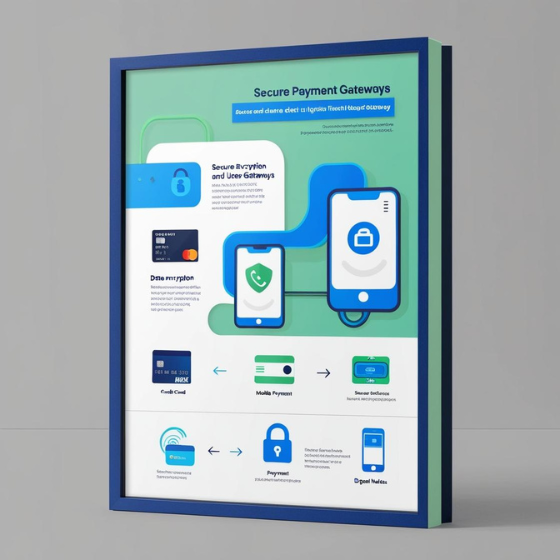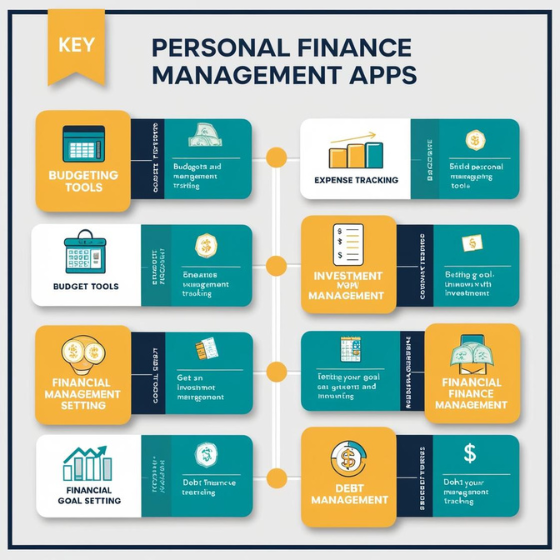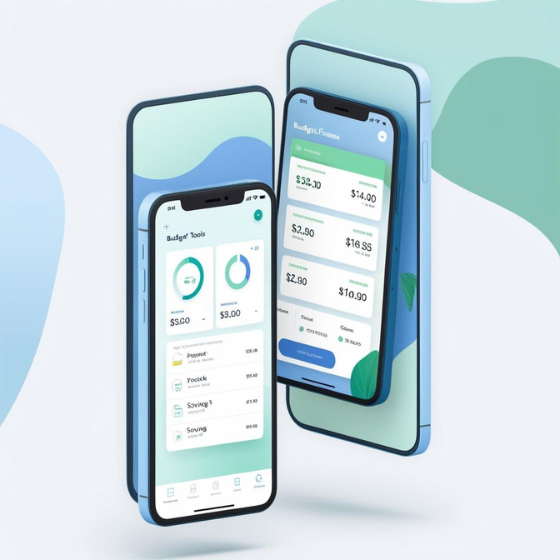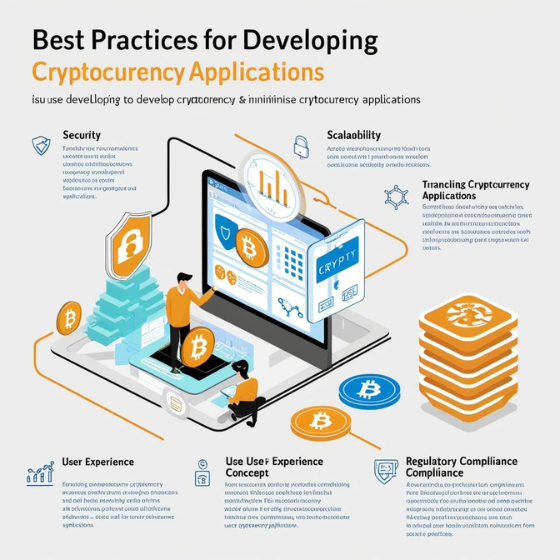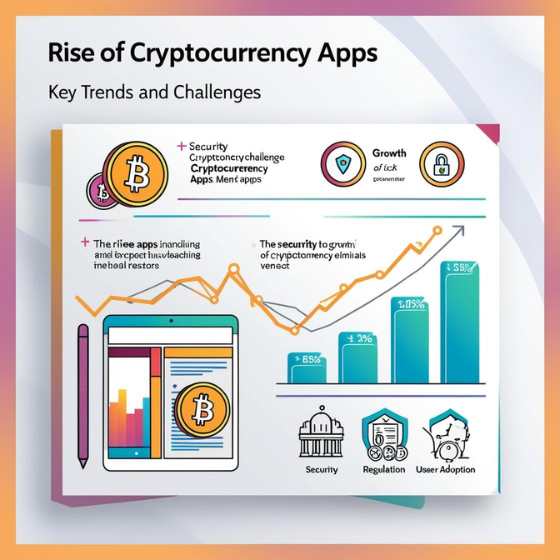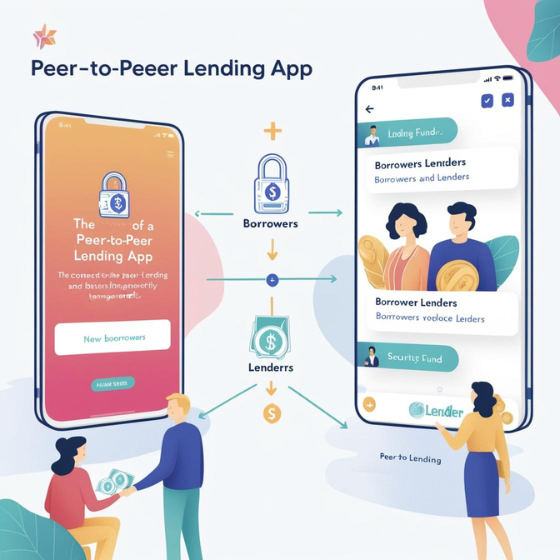Payment Gateways: Ensuring Secure Transactions
In a digital-first world, secure online transactions are the backbone of e-commerce, subscription services, and digital banking. Did you know that global e-commerce sales are projected to hit $6.3 trillion by 2024? With this growth, ensuring transaction security is not just a best practice but a necessity. Payment gateways play a pivotal role in facilitating seamless and secure transactions, ensuring user trust and business continuity.
This blog delves into the importance of payment gateways: ensuring secure transactions, explores key features to prioritize, and explains how to implement them for optimal performance.
The Role of Payment Gateways in Modern Transactions
A payment gateway acts as a bridge between customers and merchants, securely processing online payments. By encrypting sensitive data, payment gateways protect users and reduce the risks associated with online transactions. For businesses, they ensure compliance with global payment standards like PCI DSS (Payment Card Industry Data Security Standard).
Why Secure Transactions Matter
- Builds Trust: Consumers are more likely to complete a transaction if they feel confident their data is safe.
- Prevents Fraud: Payment gateways minimize the risk of fraudulent transactions by using advanced verification tools.
- Enhances Brand Reputation: Businesses offering secure payment options stand out as reliable and professional.
1. Key Features of a Secure Payment Gateway
To ensure smooth and secure transactions, a payment gateway must incorporate the following features:
1.1 End-to-End Encryption
Encryption ensures that sensitive customer data is scrambled during transmission, making it inaccessible to hackers.
? Example: SSL (Secure Socket Layer) certificates are a standard encryption method for online payments.
1.2 Multi-Factor Authentication (MFA)
MFA adds an extra layer of security by requiring users to verify their identity through additional methods like one-time passwords (OTPs) or biometric scans.
1.3 Tokenization
Tokenization replaces sensitive card details with unique tokens, reducing the risk of data breaches.
? Learn how Sodio integrates encryption and tokenization into its solutions here.
2. Types of Payment Gateways
Choosing the right type of payment gateway is crucial for meeting business needs and user expectations.
2.1 Hosted Payment Gateways
These redirect users to a third-party platform to complete transactions.
- Pros: Simplifies compliance for businesses.
- Cons: May disrupt the user experience due to redirection.
2.2 Integrated Payment Gateways
Integrated gateways process payments directly within the website or app.
- Pros: Seamless user experience.
- Cons: Requires robust security measures to ensure compliance.
2.3 API-Driven Gateways
These provide complete customization, allowing businesses to design payment flows tailored to their audience.
3. Enhancing User Experience with Payment Gateways
A secure payment gateway must not compromise user experience. Striking the right balance between security and convenience is essential.
3.1 Fast and Seamless Checkout
Customers prefer quick transactions. Optimize your gateway to minimize processing times.
3.2 Multiple Payment Options
Support diverse payment methods like credit cards, digital wallets, and Buy Now, Pay Later (BNPL) options to cater to a global audience.
3.3 Mobile Optimization
With mobile commerce dominating, ensure that your payment gateway is optimized for smaller screens and touch-based interactions.
4. Ensuring Compliance with Industry Standards
Compliance with industry regulations is non-negotiable when implementing a payment gateway. These standards not only ensure security but also build trust with users.
4.1 PCI DSS Compliance
Adherence to PCI DSS is mandatory for businesses handling card payments. This includes encryption, monitoring, and access controls.
4.2 GDPR and Data Privacy
For businesses operating in regions like Europe, compliance with the General Data Protection Regulation (GDPR) is essential to protect customer data.
4.3 Secure Sockets Layer (SSL)
Implement SSL certificates to establish encrypted links between servers and browsers.
5. Case Studies: Payment Gateways in Action
5.1 E-commerce Giant
A leading e-commerce company partnered with Sodio to integrate a custom API-driven payment gateway. The result?
- Faster Processing: 30% improvement in transaction speed.
- Increased Conversions: 20% boost in completed transactions.
5.2 Subscription Service
A subscription-based business sought Sodio’s help to enhance security and user experience. Key results included:
- Enhanced Security: Zero data breaches reported post-implementation.
- Improved Retention: 15% increase in subscription renewals.
? Explore more case studies showcasing Sodio’s expertise here.
Conclusion
Integrating a secure payment gateway is vital for any business operating in the digital economy. It ensures customer trust, prevents fraud, and enables seamless transactions. By focusing on features like encryption, multi-factor authentication, and compliance, businesses can provide a secure and user-friendly payment experience.
At Sodio, we specialize in developing payment gateways that ensure secure transactions, tailored to meet your unique business requirements. From compliance to customization, our team handles it all, ensuring you deliver the best experience to your users.
Take the Next Step
? Contact Sodio today to discuss your payment gateway needs!
? Learn more about our payment gateway development services here.
